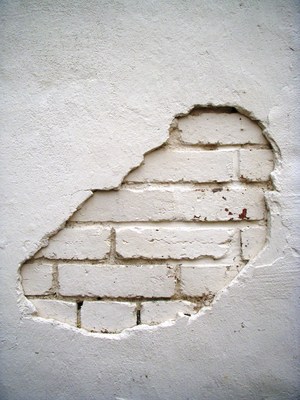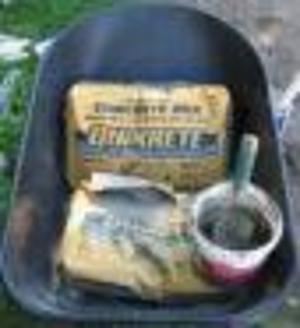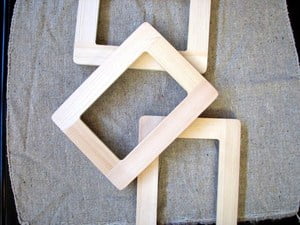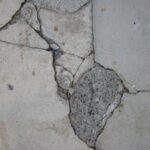After years of use, the plaster surface of the swimming pool is beginning to show its age. Harsh weather, acid washings, and just general wear and tear have eroded the surface until it is in need of repair and resurfacing. While it is best to hire professions to do this job for you, the cost savings can be many thousands of dollars if you are brave enough to attempt it as a do it yourself project.
First evaluate how much repair and resurface work needs to be done.
If you pool does not have large serious cracks and chips in the plaster, you may be able to do minor repair work and avoid the hassle of a total resurfacing project. The cracks and chips should be repaired first anyway. This will give you a chance to decide if major work is required to restore your pool.
Empty the pool and allow it to dry before starting to do the repair work.
This process will have the pool surface ready to receive the products that fill the cracks and chips. It will also afford you a better opportunity to survey all of the damage around the pool sides and bottom. Be careful to time this process during the season when there should not be excessive ground pressure from water or freezing that might damage your pool or lift it from its basin.
Use the correct products to fill cracks and chips.
A variety of commercial products are available for this purpose. You may need to take a sample of the plaster from your pool to the pool center to make sure that you are purchasing products that are compatible with your swimming pool’s current surface. Once you have the proper material, fill all visible cracks and chips to smooth out the finish.
If the cracks and chips are minimal, you may be able to use a roll on material to resurface the lining.
Some of these products are roughly the equivalent of painting the interior of your pool. They may require multiple coats for the sealing and new finish. Since you will be using a paint roller to apply the new surface, the effort and time required to complete the job should be reasonable. Drying time for these products is also fairly quick.
After the preliminary repair work, you may find that a full resurface job is needed.
If you can afford it, you might want to consider a profession service at this point. However, should you choose to press on with doing it yourself, you will find it to be a long difficult job to end up with a nice smooth finished product. Do not plan on rushing this part of the process or you will end up with a poor quality job.
Marcite and gunite are two of the more popular products for pool surfaces.
You will need to rent equipment to spray these surfaces onto your pool. Be sure to get the right type of protective clothing and breathing devices to protect yourself from some of the products that can be used. You may find it necessary to trowel down the final finish to make it smooth. Some products require a finish layer to be applied with a sprayer or roller at the end. It is best to try to stay with the same or a similar product for the new surface as you had on the previous one.




